Trophy carp fly fishing is something that John Bartlett has specialized in for years now, and he is among the top carp fly anglers in the world when it comes to catching trophy carp on the fly. What makes a trophy carp? Well, that’s debatable, but we start with the proposition that a trophy carp on the fly is 20 plus pounds for common and mirror carp, which is Mr. Bartlett’s specialty. You’ll hear firsthand how he approaches pretty much every aspect of carp fishing in multiple venues. Most of what John does when fly fishing for trophy carp can be applied to fishing for smaller carp as well. However, he focuses on very specific aspects to target the biggest carp in the system. If you listen to his suggestions carefully and implement them in your carp fly fishing, you will catch way more and bigger carp on the fly. I will personally guarantee that! Enjoy this podcast and article as it is one of the best resources on carp fly fishing that I have ever been a part of. If you have any questions, feel free to ask away below.
Podcast: Play in new window | Download
KEY TAKEAWAYS: TROPHY CARP FLY FISHING
- Access to deep water is critical for trophy carp
- Margins next to deep water are big time trophy carp hot spots
- Fist-sized rocks vs gravel seem to hold bigger carp more consistently
- Also, these fist-sized rocks are even more appealing when you’ve got larger boulders around as well
- Absolutely know the primary forage in each body of water you fly fish for carp
- On the Great Lakes, rocky points away from the sand flats, are great places to find active big fish
- Clear water is really important for fly fishing for carp, so if you have murky water, try to find different water first
- Rule 1: Know your forage
- Rule 2: Don’t cast until you can see their head
- Rule 3: Make the fish move, i.e., put the fly so that the carp moves toward your fly, at least a little bit
- Rule 4: To catch more carp, cast to less carp, i.e., the active ones
- Head to tail angle, swimming speed, and swimming direction (consistently straight is normally not good) will tell you which fish is the most receptive
- On the Columbia, you don’t want a fish that is necessarily feeding as much as one that is casting from side to side looking for food
- Post spawn is an amazing time for big carp on the fly
- You can catch carp during the active spawn time (the receptive fish won’t be spawning)
- Your presentation choice is closely tied to the most efficiently caught prey item. Adjust your presentation and hook-set accordingly.
- Two-fly rigs are extremely effective when the takes are not obvious
- John covers lots of water, looking for the right fish
- Concentrate on one fish, not the group, when casting to a group of fish
LINKS AND RESOURCES MENTIONED IN THE PODCAST
Carp on the Fly: Barry Reynolds
Darce Knobel
Justin Wendy Berrell and his blog
Jim Pankiewicz
Getting started in carp fly fishing can definitely be a challenge. Consistently catching trophy-sized carp on the fly is the next step in your carp evolution. If you haven’t started fly fishing for carp yet, then there’s no reason for you to not use the suggestions that John highlights in the podcast. If you’re a grizzled veteran of carp on the fly, I’ll bet you will still gain a lot of great nuggets in this podcast. Above all, deep water is key to finding big carp, particularly outside of the spawn cycle. If this podcast helps you catch some big carp, then let us know in the comments below. We’d love to hear how the information here helped you out.

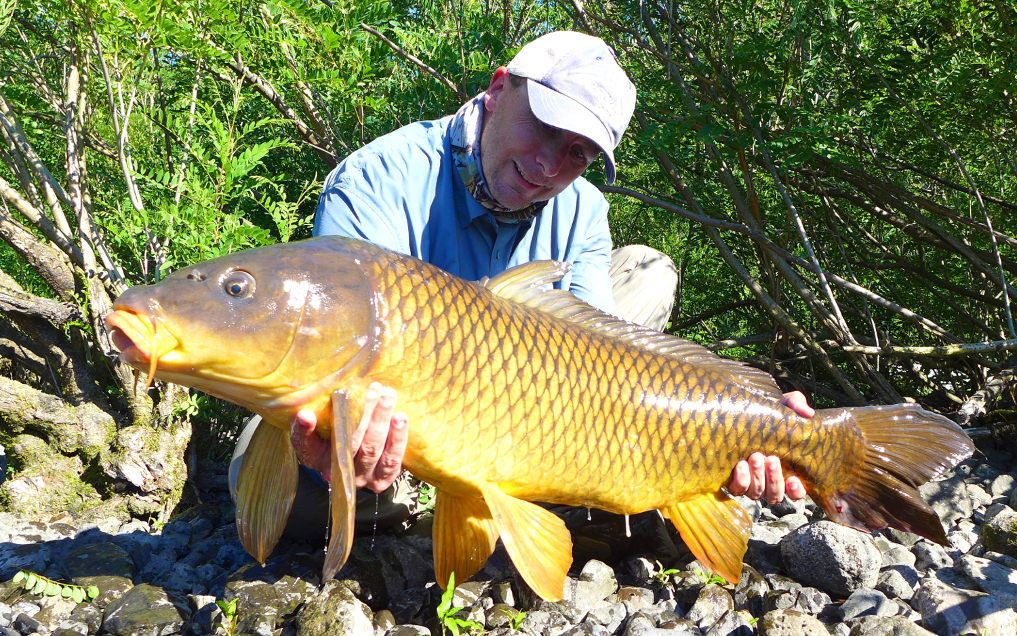
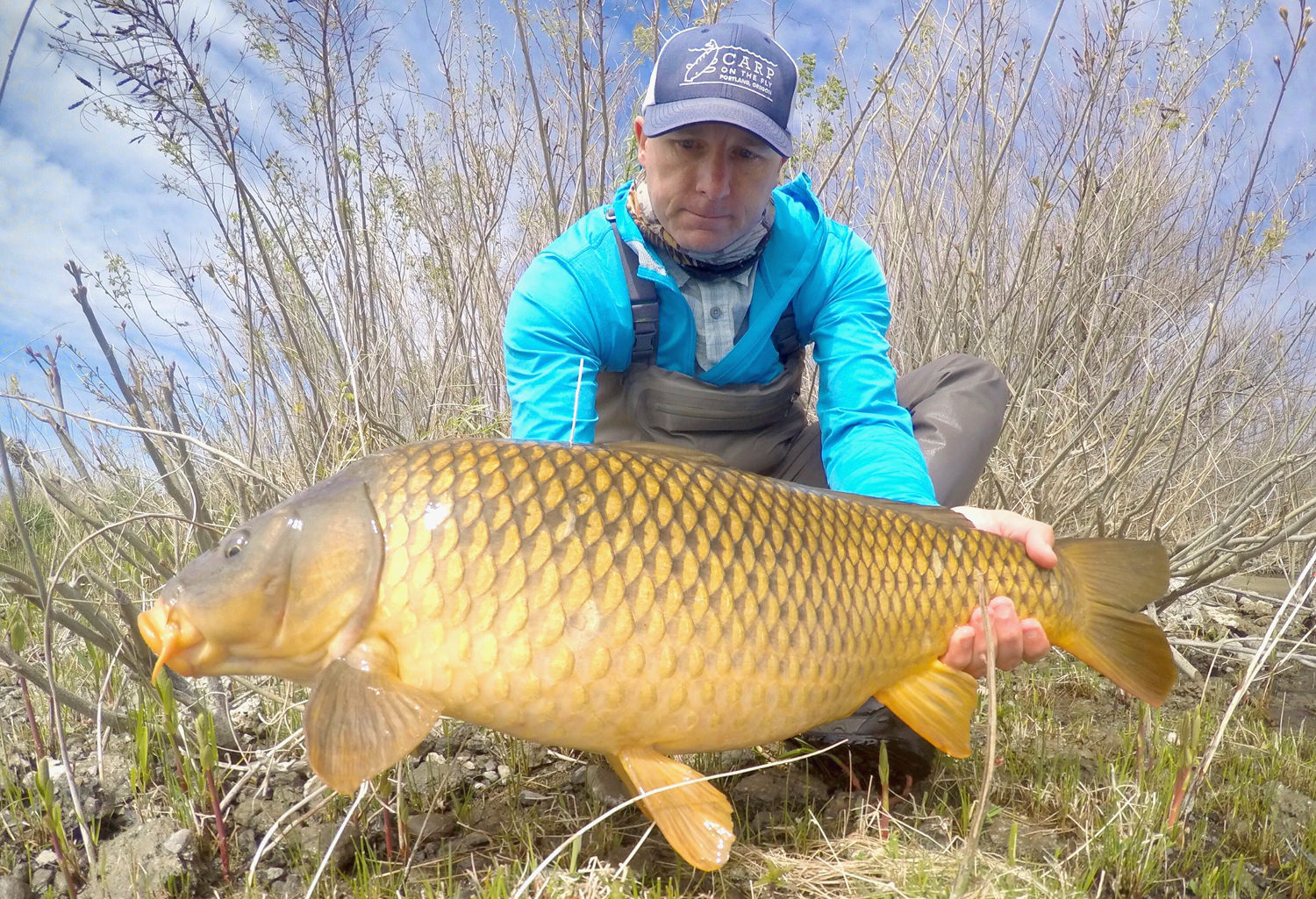
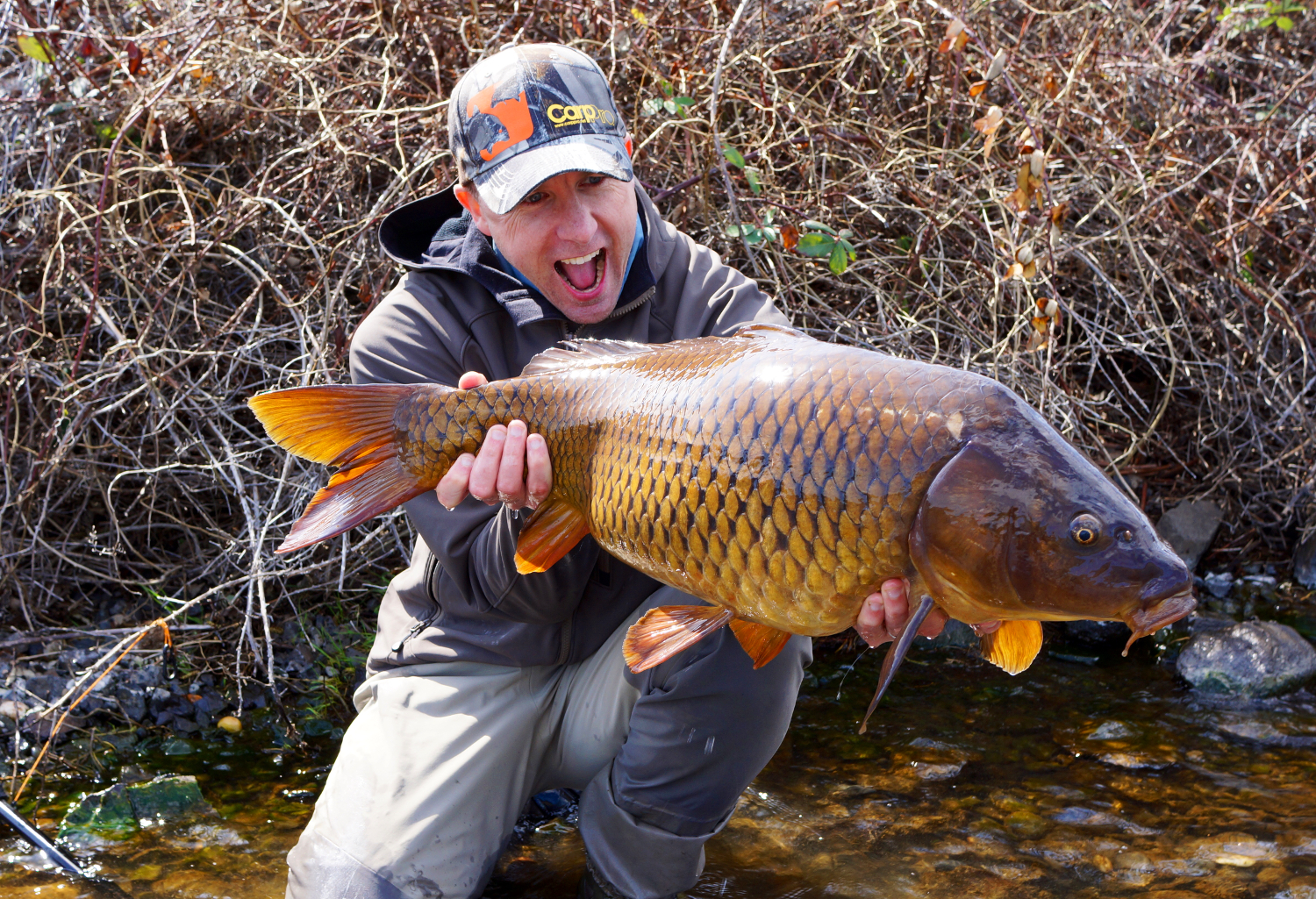
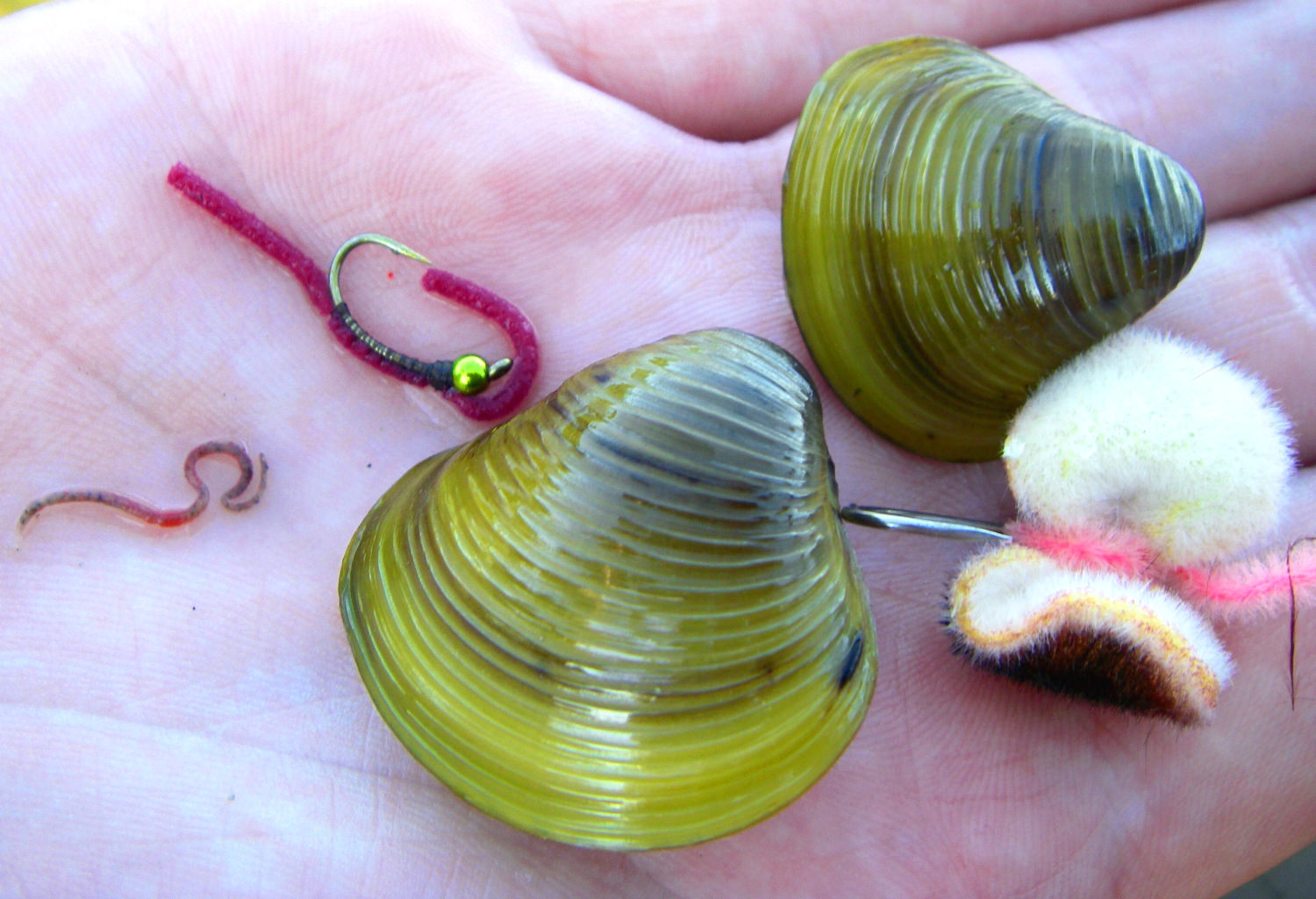
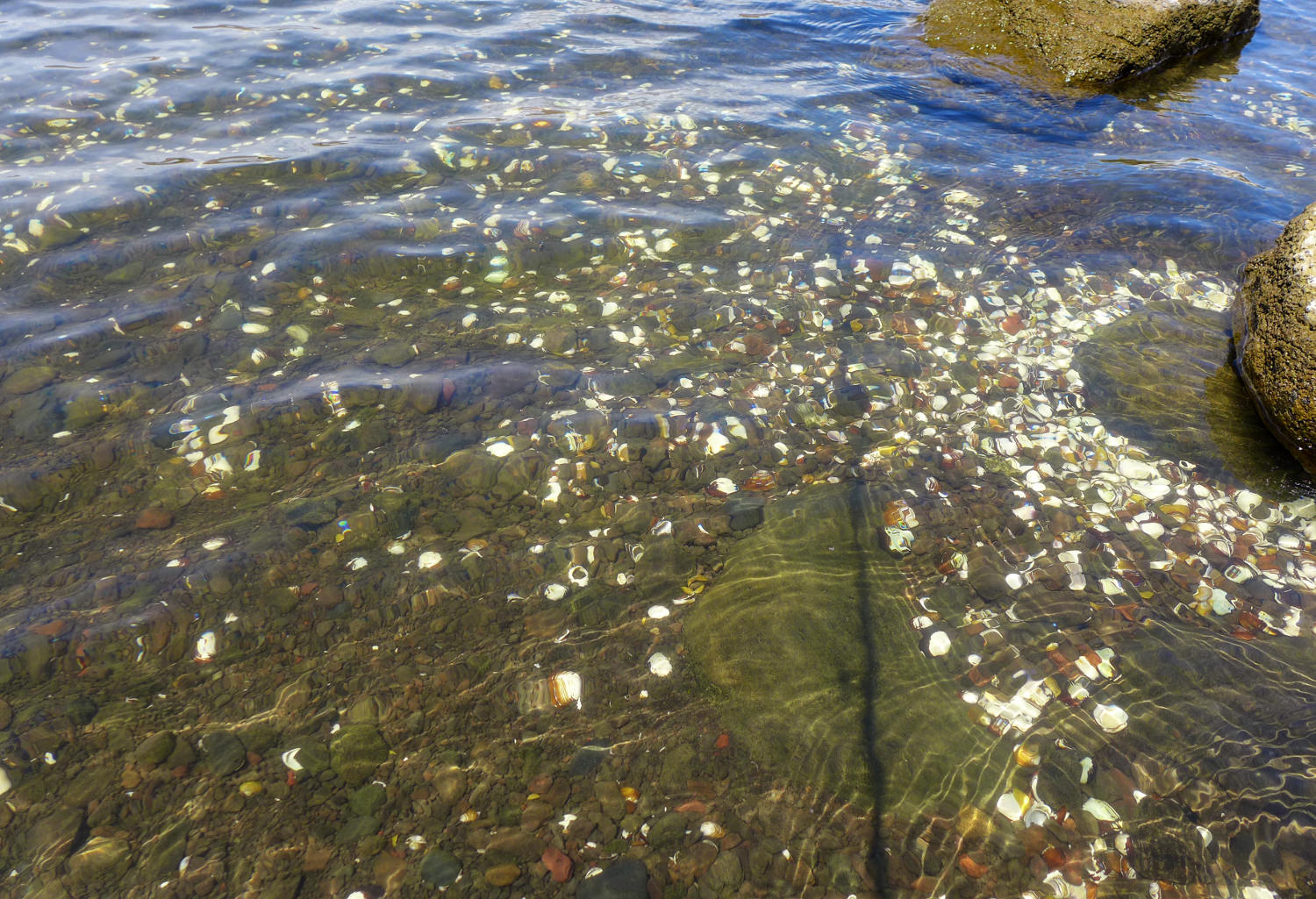
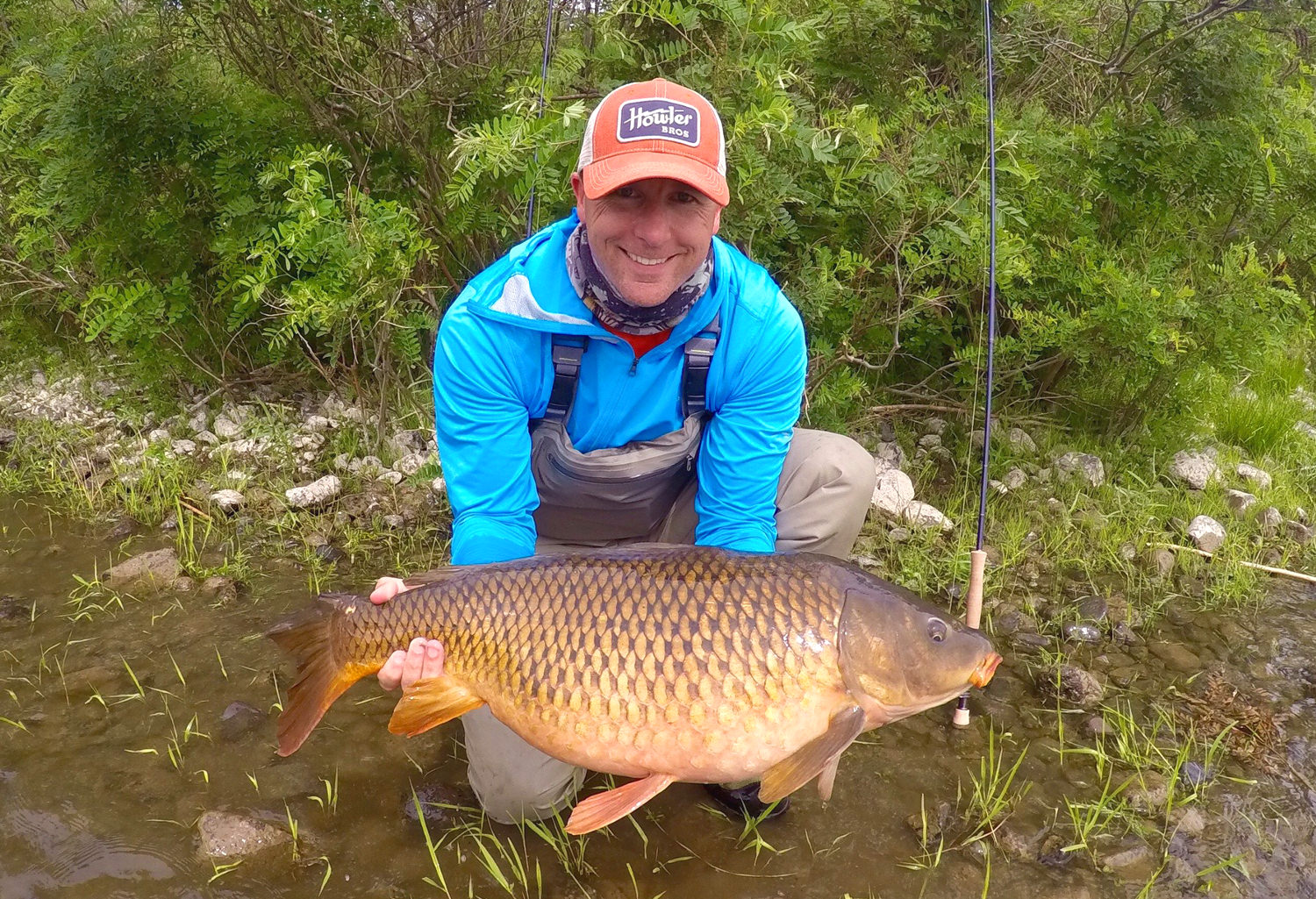
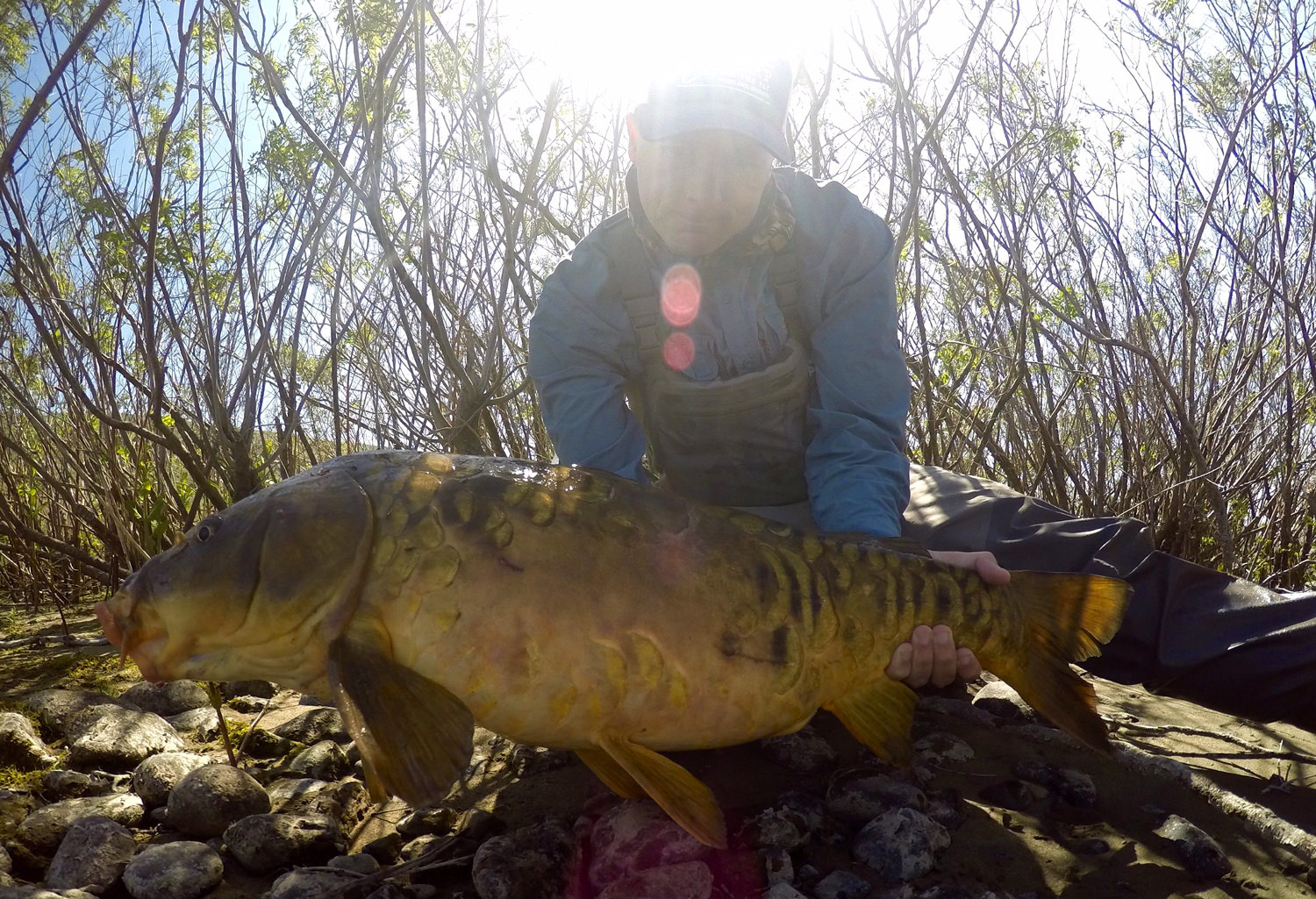
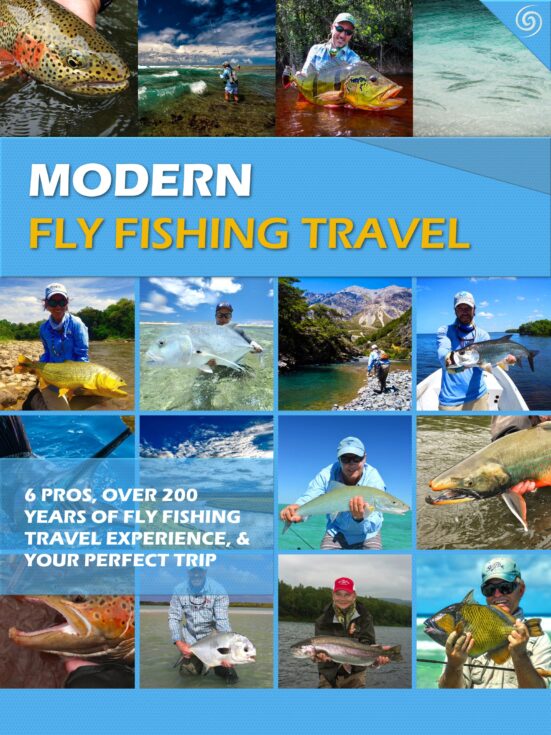
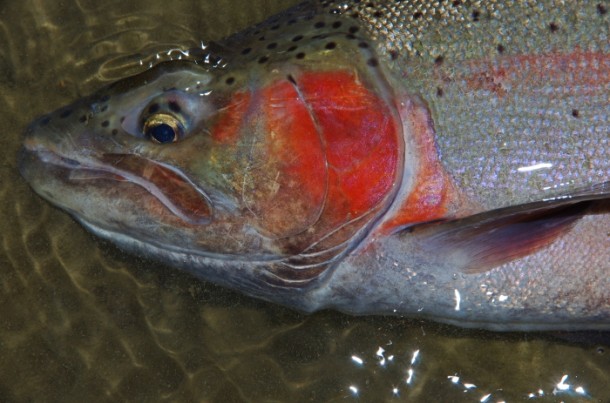
Hello John, I’m living in the south of France and started last year to focus on carps with my fly rod… extremly challenging, difficult and exiting… It took my first fish on a hybrid carp fly. This fly works very well here and I’ve 2 pays to tie it : classic and an unweighted. The second one is the most productive as I fish in shallow waters on very educated fish… Don’t know if you already had any feedback from french carps, but they love your fly… Thanks a lot for sharring your expérience,
Fabrice
Hey Justin,
Thanks for interviewing John and thank you John for such a detailed carp clinic. That is the most helpful breakdown of what it takes to land big carp I have ever heard. I have been chasing them for a while and the hybrid fly has really improved my catch rate, now I know why. I am also going to add the trouser worm to my combo.
Cheers,
Adam
Hey Adam,
Thanks so much! John really knows his big carp, and for myself, one of the biggest perks of doing these articles and podcasts is learning how great anglers approach their fish. So glad you enjoyed it!
Thanks again,
Justin
Thanks Adam! Justin and I had fun chatting carp. The Hybrid seems to work in a lot of places, and I swear by Trevor’s Tworm as well but it still comes back to Rule #1! Good luck!